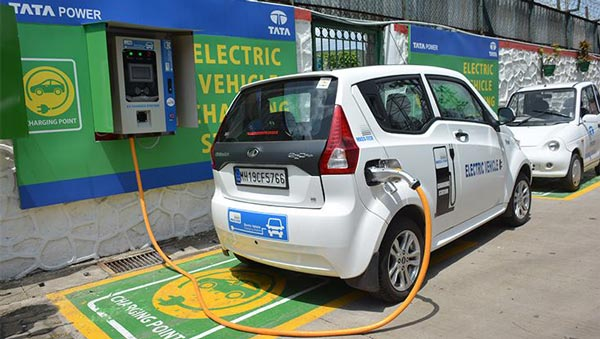Lack of EV chargers doesn't deter EV adoption, study suggests
Charging foundation has been a worry for EV reception. Individuals purchasing electric vehicles makes introducing more chargers advantageous, yet individuals need the chargers to purchase the vehicles.
Mark Gilbert, seat of Drive Electric, says assuming that we assemble chargers the EV drivers will come. In a commentary with DRIVEN, he said “we can hardly trust that EV numbers will hit immense numbers before we put resources into the charging foundation. New Zealanders won’t buy EVs in the event that they can’t charge them. Foundation should lead standard take-up.”Automakers are endeavouring to give and put resources into charging framework, yet a review proposes that an absence of chargers and foundation doesn’t be guaranteed to prevent EV reception.
The review, led by USwitch, found that Europe’s nations with the biggest number of EVs don’t be guaranteed to have the best charging framework.
Strangely, Norway has Europe’s most noteworthy pace of EV reception by quite far. The nation has an impending prohibition on fuel and diesel vehicles, which implied a colossal spike in EV deals, representing 66% of vehicle deals in 2021. As a matter of fact, such countless EVs were bought that the Norwegian government requested that individuals quit driving them and to take public vehicle rather to attempt to diminish clog.
Be that as it may, as per the review directed by USwitch, Norway isn’t in the main 10 of European nations with regards to quick, modest EV charging. The review put the Netherlands at the highest point of the charging framework table for having 24 chargers each 6.2 square miles (16 square kilometers).
The Netherlands is a tiny nation, and as per 2019 insights, it included in excess of 50,592 EV chargers inside its 13,082 square miles (33,882 square kilometers) of land, which is a great establishment rate. In any case, Norway is significantly bigger than the Netherlands and had only 16,000 chargers in 2020, covering 148,729 square miles (385,206 square kilometers).
Taking into account Norway is obviously addressing individuals’ necessities with regards to their electric vehicles, EV charger thickness may not actually be all around as significant as we naturally suspect. As per the NZTA Journeys site (in March 2022), there are only 326 public EV chargers in New Zealand, which is 268,021 square kilometers in size.
Gilbert says “there might be more as it’s difficult to get accurate numbers, yet examination by the International Energy Agency (IEA) shows that New Zealand has the least proportion of public chargers to EV stock in the created world.”
In spite of this, Gilbert expresses “because of developing vehicle innovation and the public authority’s motivations, EV take-up is flooding in New Zealand. Somewhat recently, EV enlistments have expanded by 55% (February to February).”

Thus, maybe charging framework doesn’t stop EV reception. However, as Gilbert says “by 2035, it’s assessed that there could be more than 1 million electric vehicles on our streets. By 2050, practically generally light vehicles will be electric. The size of framework needs to fulfill that need.”
“We can hardly trust that EV numbers will hit immense numbers before we put resources into the charging framework. New Zealanders won’t buy EVs in the event that they can’t charge them. Framework should lead standard take-up.”


